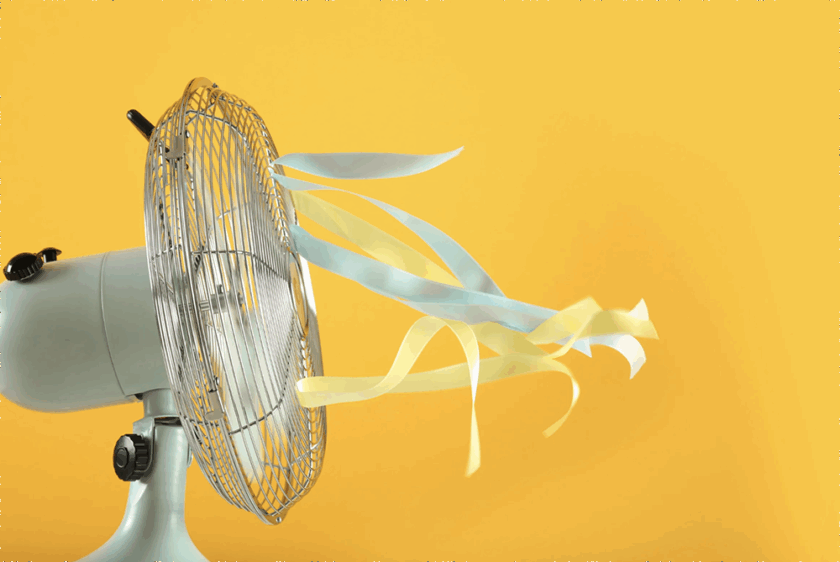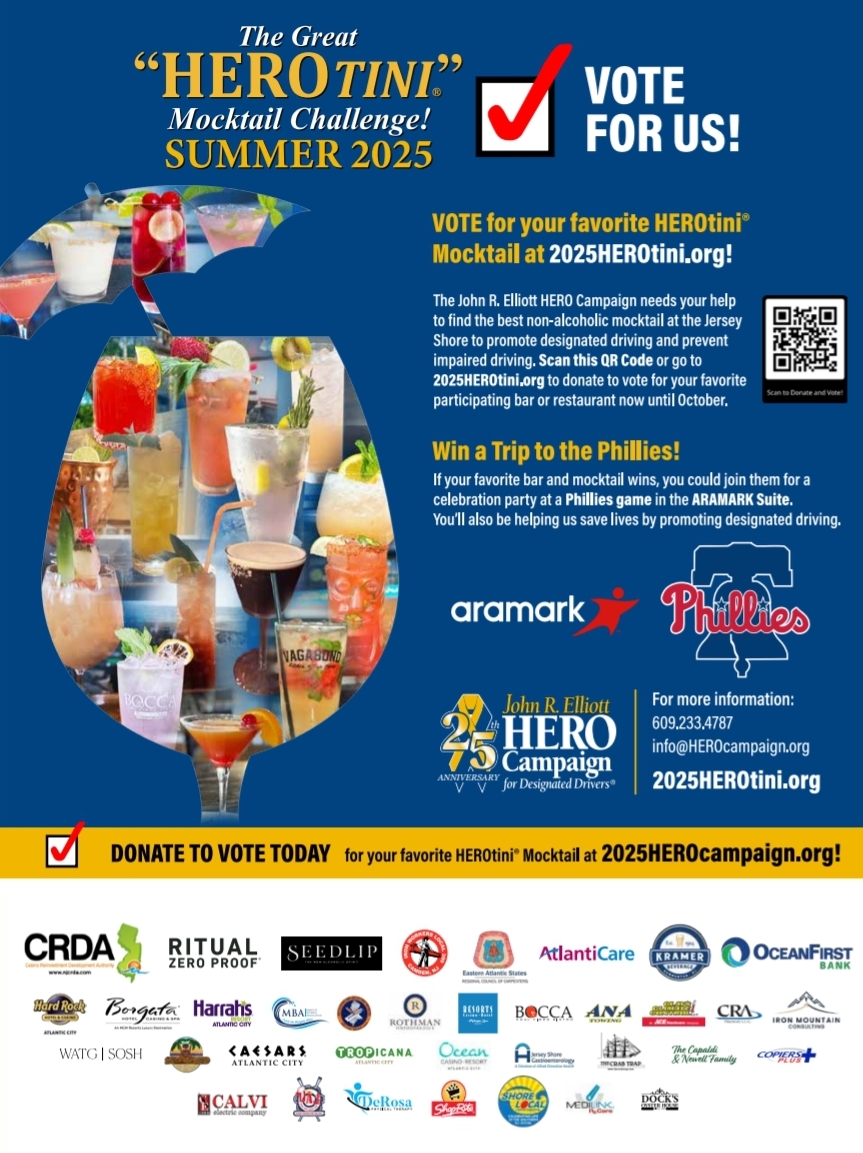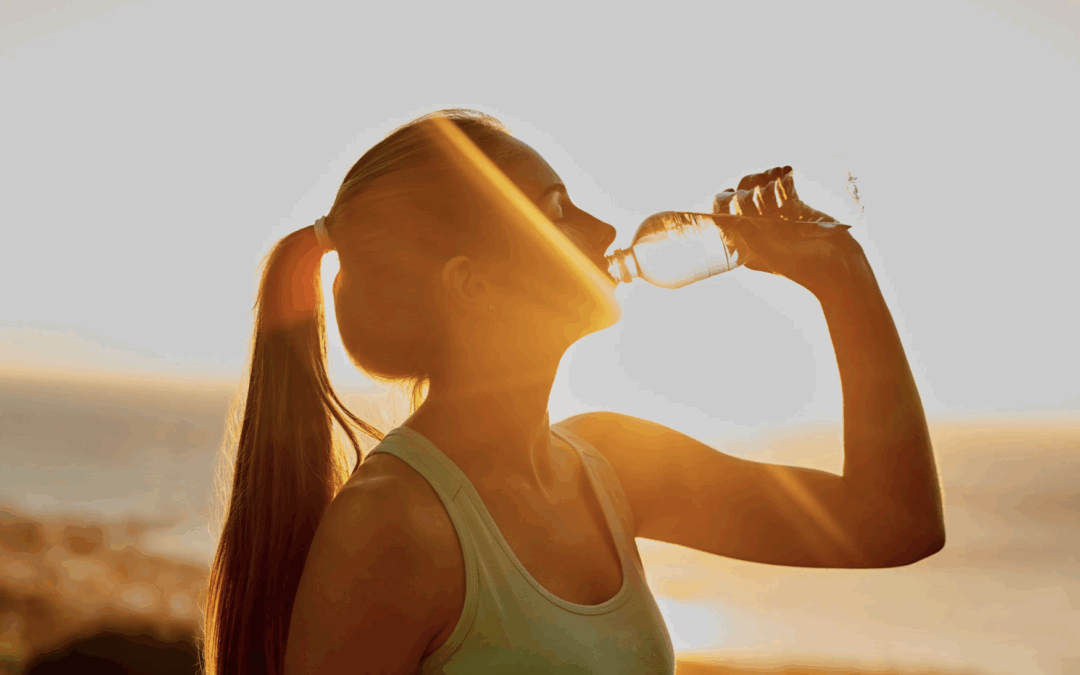Summer brings sunshine, beach days and backyard barbecues, but it also brings intense heat. We recently experienced our first major heat wave of the season, and it likely won’t be the last. Extreme heat isn’t just uncomfortable — it can be dangerous and even deadly. Knowing how to protect yourself and others during the hottest months is essential for staying safe, healthy and ready to fully enjoy everything summer has to offer.
When your body gets too hot and cannot cool itself properly, you risk developing a heat-related illness. This happens more often than people realize. Heat is the leading cause of weather-related fatalities in the United States. According to the CDC, between about 1,000 and 2,300 people die from extreme heat each year in the U.S., and thousands more become ill.
While heat can affect anyone, certain groups are especially vulnerable. Older adults may not adjust as well to sudden temperature changes and often have chronic health conditions or take medications that affect how their bodies respond to heat. Young children are less able to regulate their body temperature and rely on adults to keep them safe. People with heart disease, diabetes, obesity or mental illness are also more susceptible to heat-related problems. Those who work outdoors or engage in strenuous physical activity — such as landscapers, construction workers and athletes — should also take extra precautions, especially during midday when the sun is strongest.
There are several types of heat-related illnesses, ranging from mild to life-threatening:
• Heat cramps are painful muscle spasms, often in the legs or abdomen, that can occur after intense physical activity. They are a sign that your body is losing fluids and electrolytes through sweat.
• Heat exhaustion is more serious and includes symptoms such as heavy sweating, weakness, dizziness, headache, nausea, and cold, clammy skin. If not addressed quickly, it can progress to heat stroke.

• Heat stroke is a medical emergency. It happens when the body’s temperature rises rapidly — above 103°F — and it can no longer regulate its heat. Symptoms include confusion, loss of consciousness, rapid pulse and hot, dry skin. Call 911 immediately if you suspect someone is experiencing heat stroke.
Staying cool and comfortable
Here are simple but effective ways to stay safe and beat the heat:
1. Hydrate, hydrate, hydrate. Drink plenty of water, even if you don’t feel thirsty. Avoid alcohol and high-sugar drinks, which can dehydrate you. If you’re sweating a lot, electrolyte-rich beverages like sports drinks can help replenish lost minerals.
2. Dress for the weather. Wear lightweight, loose-fitting and light-colored clothing to help your body stay cool. A wide-brimmed hat and sunglasses offer protection from the sun’s rays, and breathable fabrics allow for better air circulation.
3. Limit outdoor activity. Try to stay indoors during the hottest part of the day, usually between 10 a.m. and 4 p.m. If you must be outside, take frequent breaks in the shade or air conditioning, and pace yourself.
4. Use fans and air conditioning. If your home doesn’t have air conditioning, spend a few hours at a library, shopping mall, grocery store, movie theater or cooling center. Even short periods in air conditioning can help your body stay cooler when you return to the heat.
5. Take cool showers or baths. Water can be an excellent way to lower your body temperature. A quick rinse with cool (not cold) water can offer immediate relief. If you have access to a pool, lake or the ocean, cool off by staying in the water or going in frequently.
6. Watch out for others. Check in on older neighbors, family members and anyone who may not have access to air conditioning. Never leave children or pets in parked cars, even with the windows cracked. Temperatures can rise to deadly levels within minutes.
Being able to spot early symptoms of heat-related illness can prevent a mild problem from becoming a serious one. If you or someone you know begins to feel dizzy, weak or confused, or stops sweating altogether, it’s time to act. Move to a cooler place, sip water and rest. If symptoms worsen or don’t improve within 30 minutes, seek medical attention immediately.
Believe it or not, what we eat can help us manage heat, too. High-water-content foods like watermelon, cucumbers, strawberries and oranges can help keep us hydrated. We should avoid heavy meals and hot, spicy foods during the peak heat of the day, as they can raise body temperature. Instead, opt for lighter fare such as salads, yogurt and smoothies.
When we sweat, we lose more than just water — we also lose electrolytes. These vital minerals, including sodium, potassium, calcium and magnesium, help balance fluid levels, support muscle function and keep our nerves working properly. If you’re sweating heavily — whether from outdoor work, strenuous exercise or simply enduring a heat wave — it’s important to replace both fluids and electrolytes.
Electrolyte drinks like sports beverages can be helpful in this situation. They’re designed to rehydrate the body and replenish the electrolytes lost through sweat. These drinks typically contain a combination of minerals and carbohydrates, which can also provide a quick energy boost. However, not all electrolyte drinks are created equally. Some have high levels of added sugar, artificial colors or caffeine, which aren’t ideal for regular consumption. Choosing lower-sugar options or using electrolyte powders or tablets that you can mix into your own water may be a healthier and more customizable alternative.
Pickle juice to manage the heat is another option that has gained popularity, especially among athletes. While it may sound unusual, many people use it to relieve muscle cramps quickly. The reason lies in its high sodium content and vinegar, which may trigger a reflex that stops cramping. Some small studies and anecdotal reports support this effect. However, due to its high salt content, pickle juice should be used in moderation and isn’t a substitute for drinking water or balanced electrolyte solutions.
For most people, plain water is sufficient for staying hydrated during regular daily activities. However, if you’re losing a lot of fluid through sweat, adding an electrolyte drink — or even a small amount of pickle juice — can help your body recover and maintain proper hydration levels. The key is to stay ahead of dehydration and listen to your body. If you start feeling thirsty, you’re already on your way to becoming dehydrated.
While summer heat can be intense, it doesn’t have to be harmful. By planning ahead, staying hydrated, dressing smart and keeping an eye out for warning signs, you can enjoy the warm weather without putting your health at risk.
Robin is a former television reporter for NBC News 40. She currently hosts a podcast and radio program called Living Well with Robin Stoloff. It airs Sundays at 10 AM on Lite 96.9. You can email Robin at livingwellwithrobin@gmail.com

















